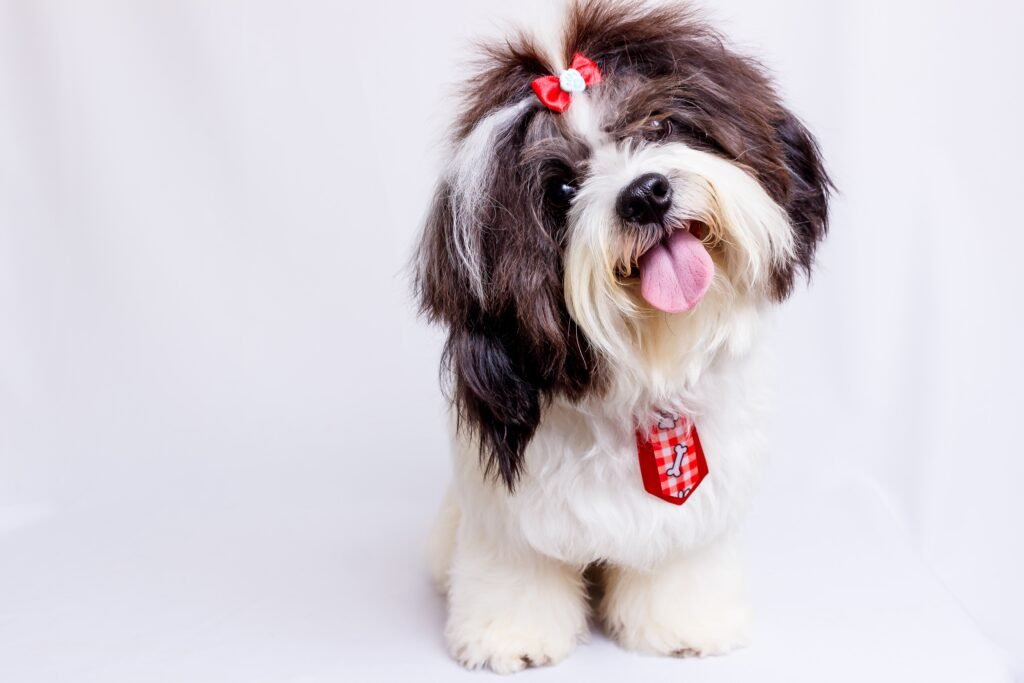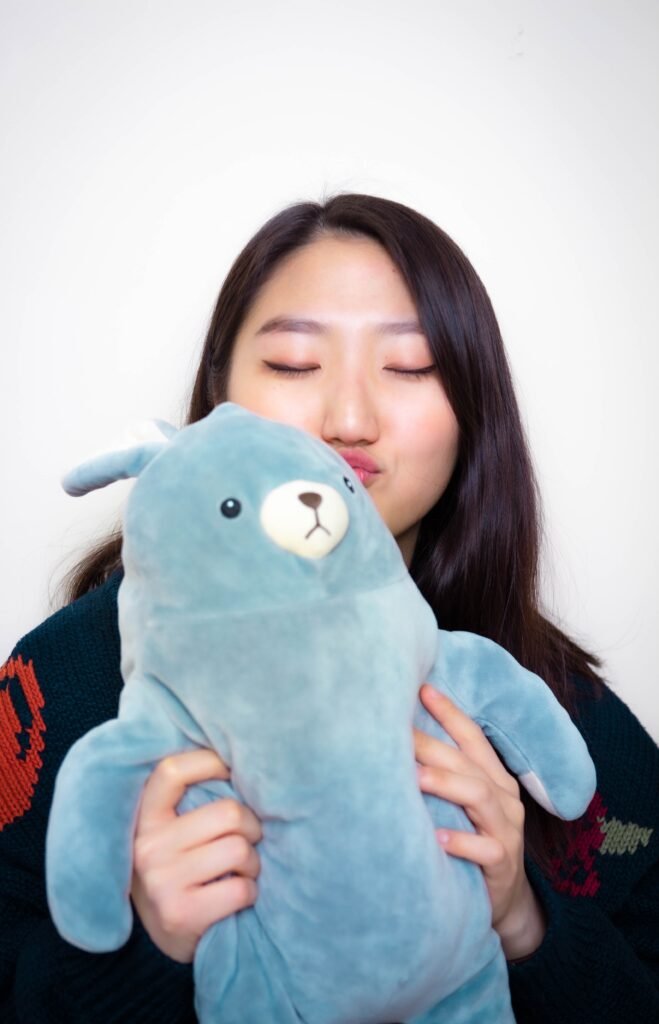One of my favorite parts of my job is running Verbalize Now’s weekly conversation club. We talk about an incredibly wide array of topics, which helps my students discover concepts and vocabulary that they may not have heard before. An interesting thing happened in this week’s meeting— I found out that lots of advanced English students have never been taught common texture adjectives.
This isn’t that surprising. When it comes to adjectives, most business English learners focus on emotions, colors, weather conditions, or flavors. For some reason, texture is often left out. This is a problem for advanced English learners because texture words like “crunchy” or “chewy” turn up all the time in informal English.
A Brief History of “Crunchy”
Let’s take “crunchy” for example. In 1963, Cap’n Crunch cereal ran an ad campaign that praised the cereal for “staying crunchy, even in milk.” The marketers who created the campaign learned that kids didn’t like cereal that soaked up milk and became soft while they ate it, so they needed a word that could be used to describe their cereal, which stayed “pleasantly crisp” and made a crunching sound when you ate it. This is how the current definition of the word crunchy was born.
This campaign was important for Cap’n Crunch as well as for texture adjectives in general. The idea of the verb “to crunch” being associated with something that was good to eat was fairly new, and use of the word “crunchy” exploded in the years following the campaign. Now, these words are common in marketing, especially when it comes to food.
Texture adjectives like the ones we are about to explore are extremely common among native speakers, especially in informal situations. This means that you will most commonly use them for small talk, making friends, and understanding the English movies, TV shows, and music you enjoy.
Chewy
Portuguese translation: Mastigável
Chewy is a positive word that is reserved for food. If it’s soft and easy to chew, it’s chewy. Bubble gum or soft bread is a perfect example of a chewy food.
Fluffy
Portuguese translation: Fofo
If there’s one thing I’ve learned from my six months in Brazil, it’s that Brazilians love fluffy dogs. No matter what part of the country I’m in, I see Maltese, Pomeranian, and long-haired Chihuahua dogs out on the street.

Animals with long, soft hair are fluffy, like dogs, cats, or chinchillas. They can also be described as furry, which is a word reserved for animals in place of hairy. However, not all furry animals are fluffy.
Pointy/Prickly
Portuguese translation of “Pointy”: Pontudo
Portuguese translation of “Prickly”: Espinhoso
Pointy things are sharp, and come to a, well, point at the end like needles do. It doesn’t have to hurt you to be pointy— buildings and hats can be pointy too.

If it’s a cactus or a porcupine, you would call the whole thing prickly. This word can also be used to describe the personality of someone who is unfriendly and difficult to get close to.
Slippery
Portuguese translation: Escorregadio
A wet floor is slippery, as is soap or ice. If it’s hard to walk on or hold in your hand, slippery is a good choice.
Soggy
Portuguese translation: Encharcado
Soggy means wet, but not all wet things are soggy. We use soggy when the actual material that the object is made of is soaked in water, like a wet shirt, diaper, or sponge. Being soggy is typically not a pleasant sensation.
Squishy
There isn’t really a direct Portuguese translation of squishy. However, it’s a very common word. It’s not “soft” or “smooth,” although squishy things can be soft or smooth. Squishy things can be squeezed, typically many times, and are sometimes made for the purpose of stress relief (see below).

Some good examples of squishy objects are stuffed animals, marshmallows, or pillows.
Sticky
Portuguese translation: Pegajoso
Sticky is the opposite of slippery. If your hands or feet stick to it, it’s sticky. This word is typically used to describe the unpleasant feeling of touching something that isn’t clean.
However, if your hands slips when you touch the dirty object because there’s oil or grease on it, you would say that it is greasy. This word is also sometimes used to describe a person who is extremely friendly but dishonest, like a scammer or con artist.
There are a lot more texture adjectives than these! We specialize in business English, and admittedly words like “crunchy” are not common in professional speech. However, they’re important when it comes to overall proficiency in English.
If you’re interested in improving that overall English proficiency, Verbalize Now can help. We offer personalized online business English classes for highly motivated professionals. Whether you want to land the job of your dreams or simply communicate better with native speakers, we’re here for you.










